THE LOIS HAIR TYPING SYSTEM
Hair typing systems are usually flawed because they don’t show the full story of your hair. It can be very frustrating to figure out your hair type because hair texture plays such a huge part in what we see. The Andre Walker Hair Typing system only mentions hair strand pattern, but that’s only a portion of what it takes to begin to understand your hair. This is where the LOIS Hair Typing System comes into play. This system prompts you to explore hair strand pattern, strand thickness, and hair texture.
WHAT I'M WEARING
STRAND PATTERN
This system determines hair strand pattern by the letters L.O.I.S. in a pretty literal sense.
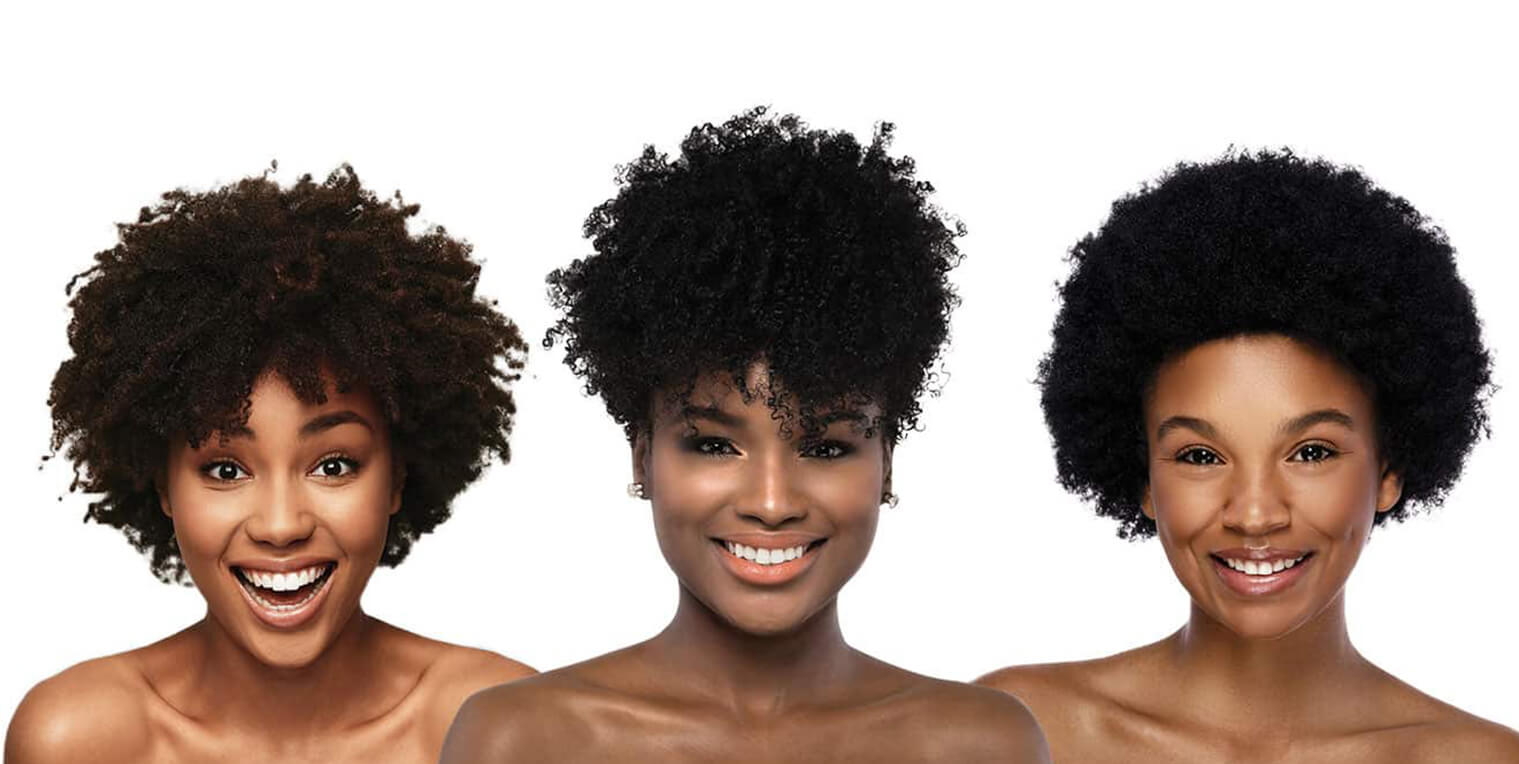
“L” pattern is determined by sharp angles and bends, with hardly any curvature to the strands.

“O” strands curl or coil creating a shape closest to the letter O.
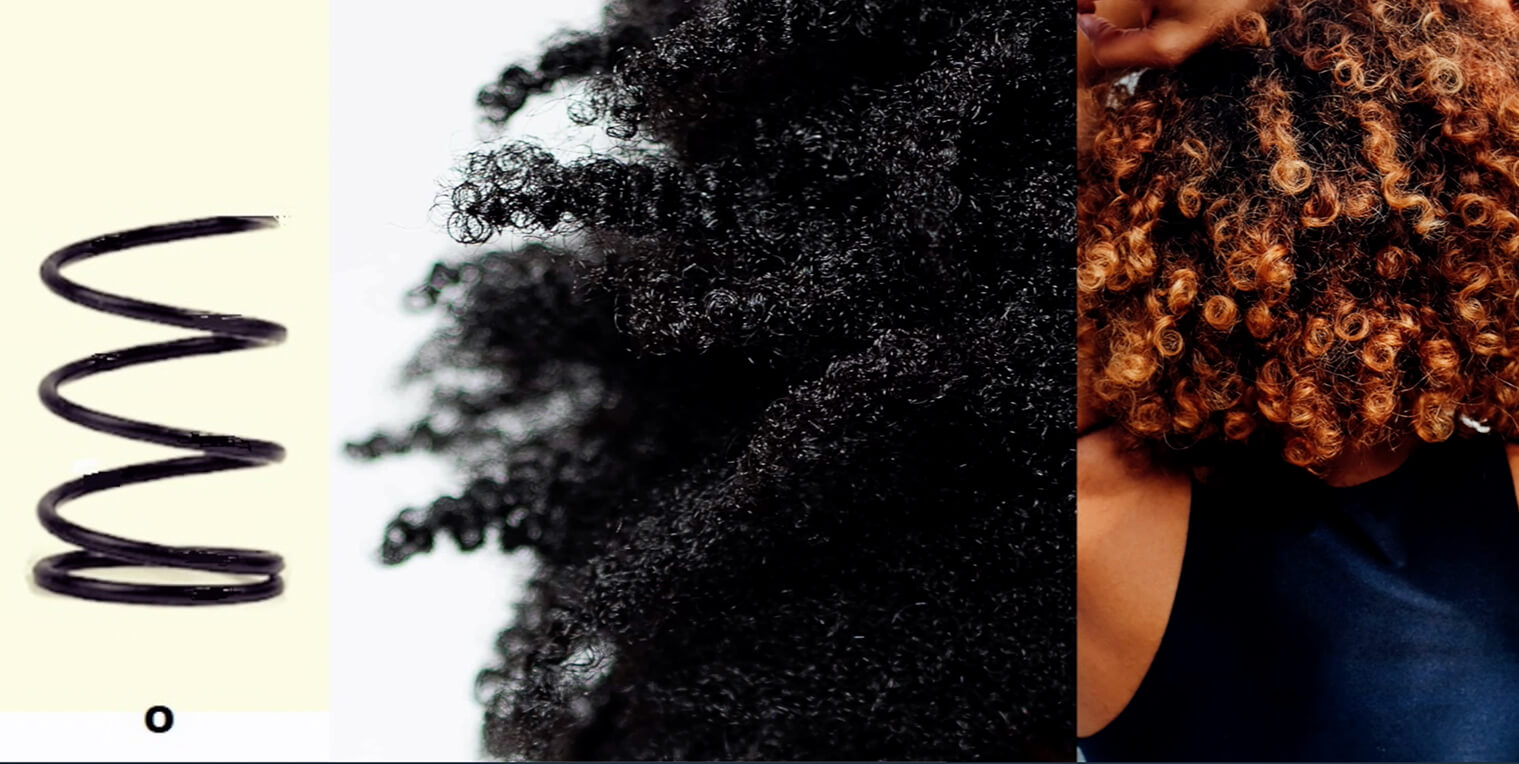
“I” strands are straight and don’t have any significant bends, curls, or coils.
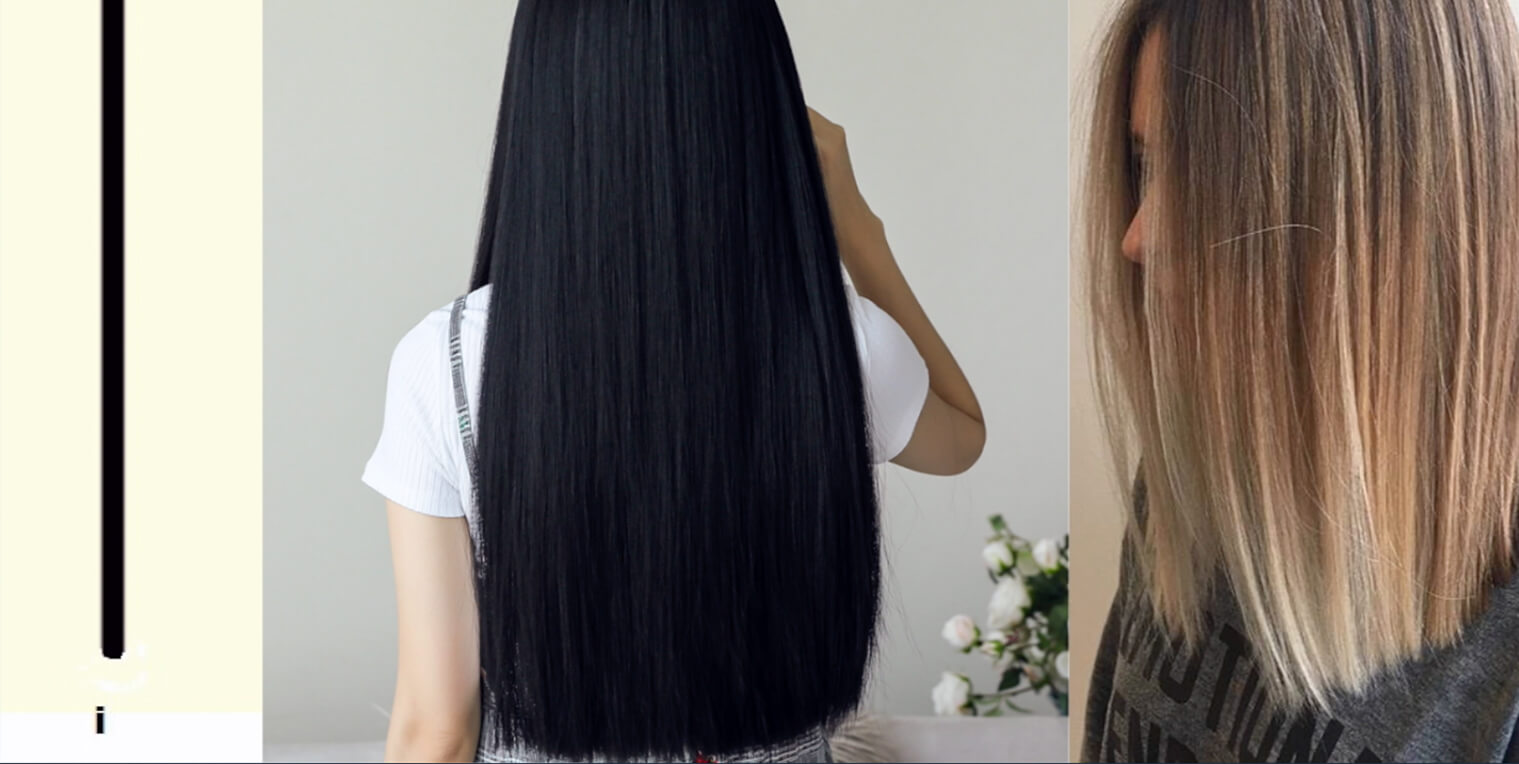
“S” strands curve creating variations of the letter S.

STRAND SIZE
Take a piece of thread and smooth your hair out next to it. If your hair strands are thinner than the thread, you have fine hair, like mine. If your strands are thicker, they are coarse, and if they’re the same diameter, you have medium strands.
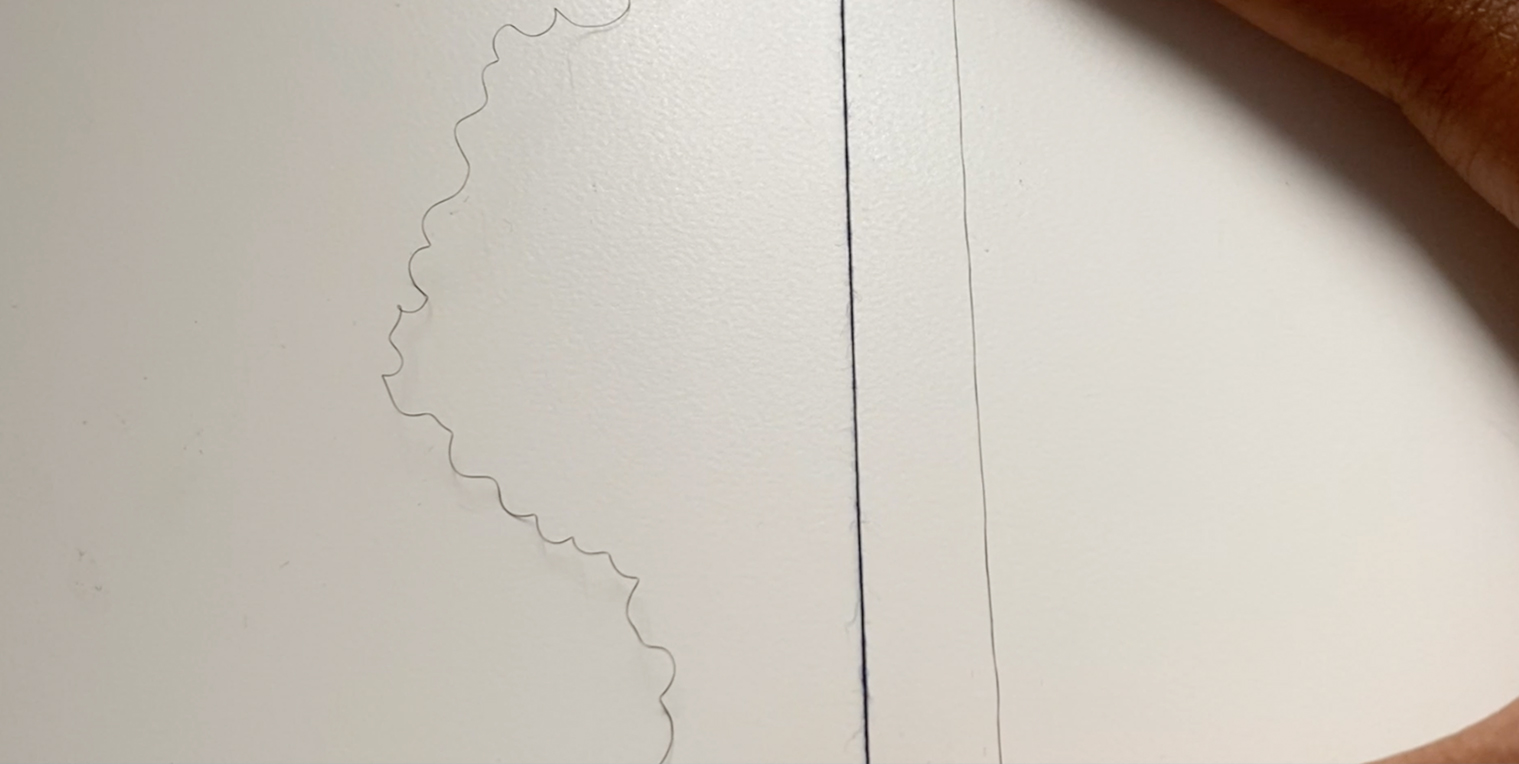
HAIR TEXTURE
The LOIS System has 5 kinds of strand surface textures. Thready, wiry, cottony spongy, and silky.
The reference video at the top of this blog post has an emphasis on texture. Because my hair seems to closely resemble cottony and spongy textures, I went deep into those two textures to discover my own. Each hair texture and its characteristics are listed below.
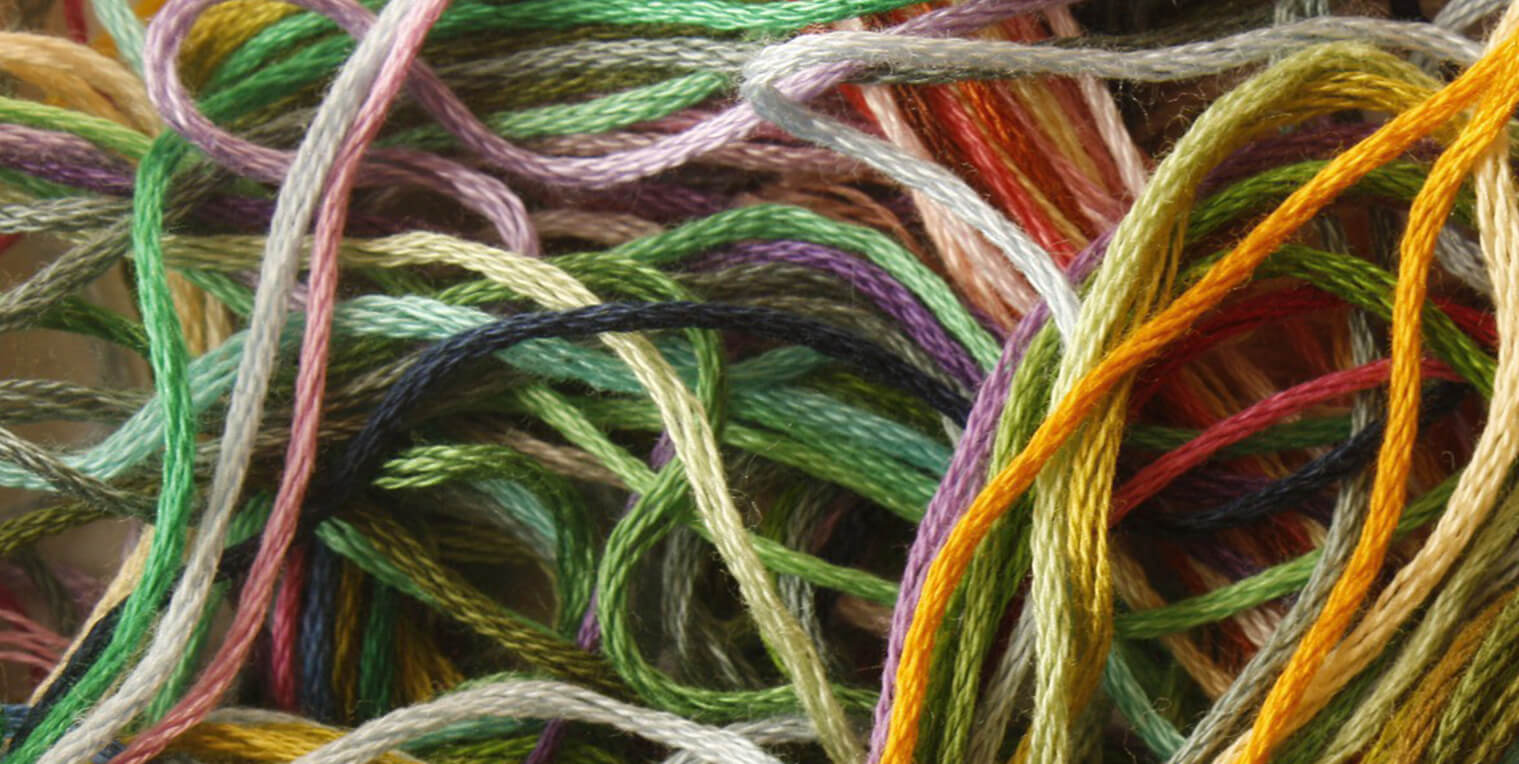
THREADY
- Low to moderate sheen
- High shine when stretched
- Absorbs water quickly, but loses it quickly
- Low frizz
- These textures tend to take to chemicals like color and relaxer quickly
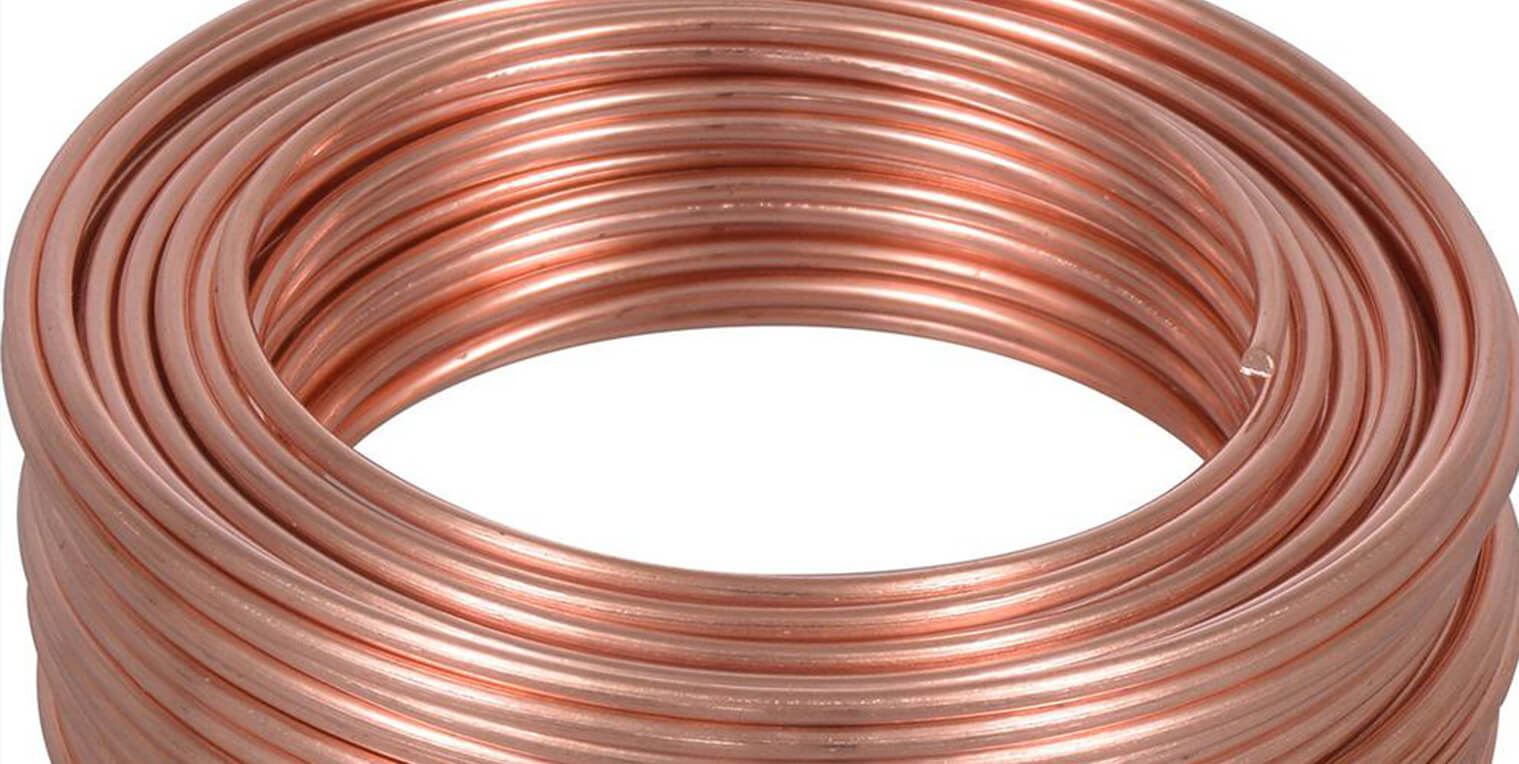
WIRY
- Has a sparkly sheen
- Low shine
- Water tends to bead up on the hair, making it very resistant to absorbing water.
- Low frizz
- Resistant to breakage and chemicals.
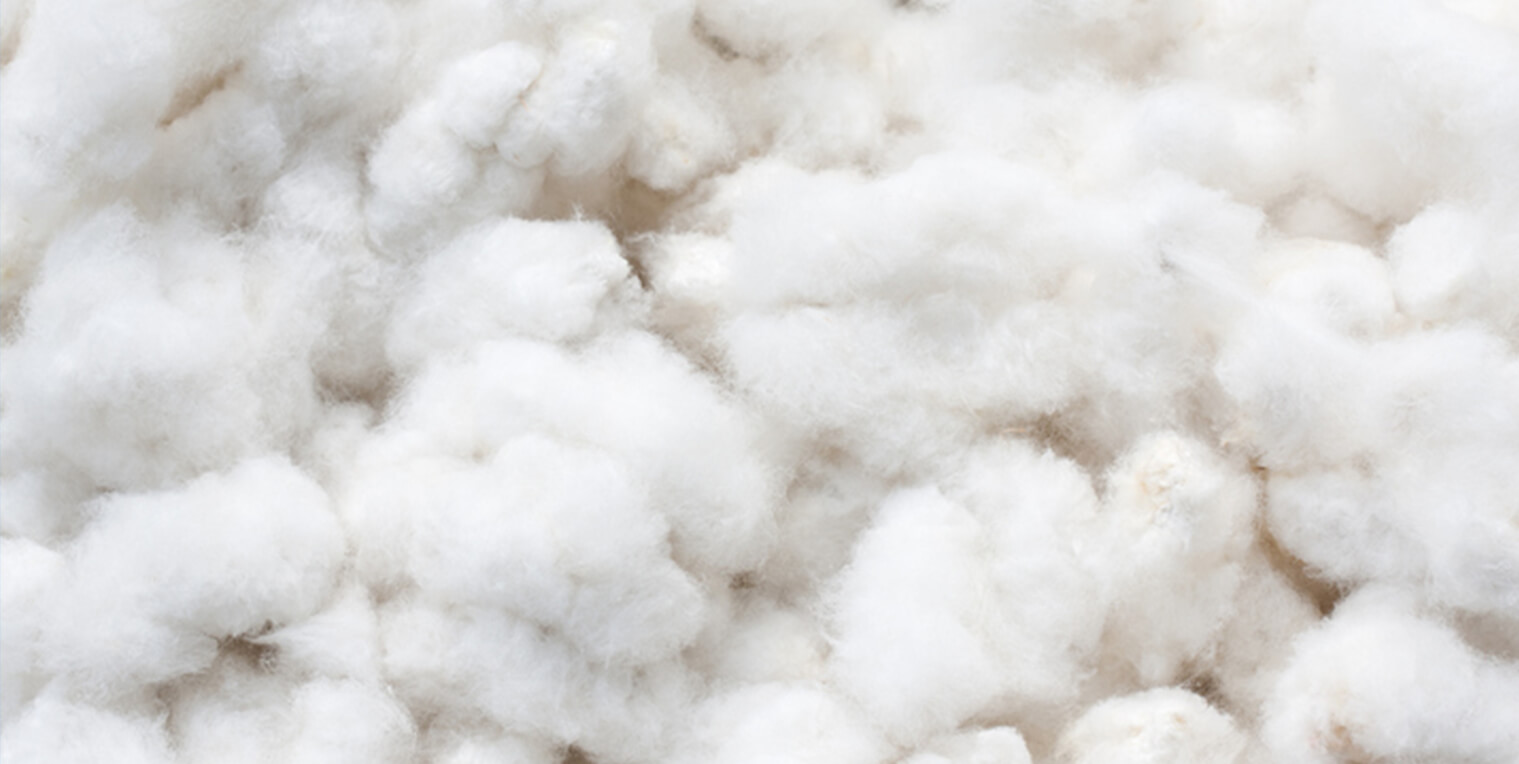
COTTONY
- Low sheen
- Low shine unless it’s stretched or straightened
- Accepts water readily, but is slow to absorb it
- High frizz
- Has a normal processing rate for chemicals.
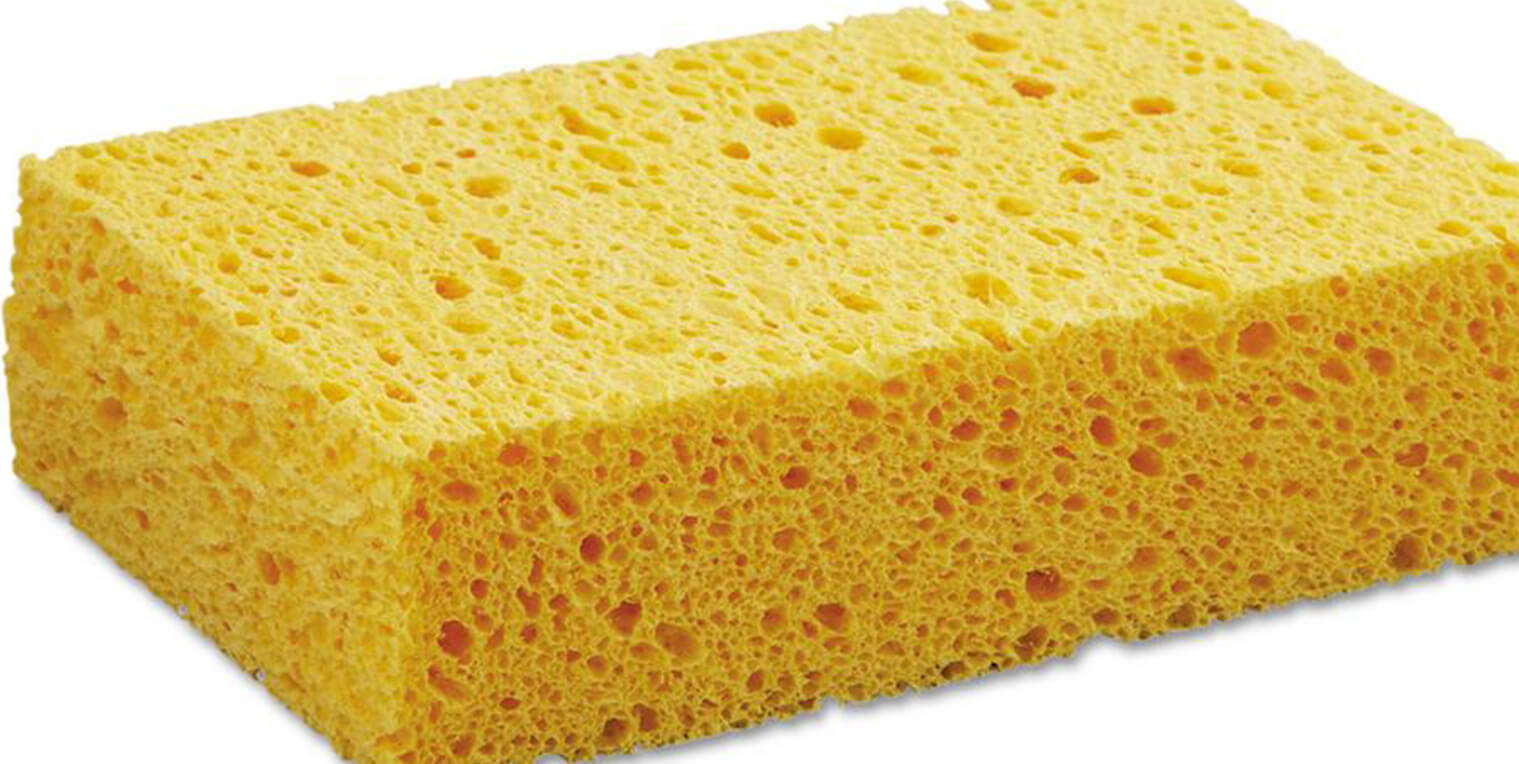
SPONGY
- High sheen
- Low shine, even when stretched
- Absorbs water, but it takes a while to feel saturated
- Has compact high frizz
- Normal processing rate for chemicals.
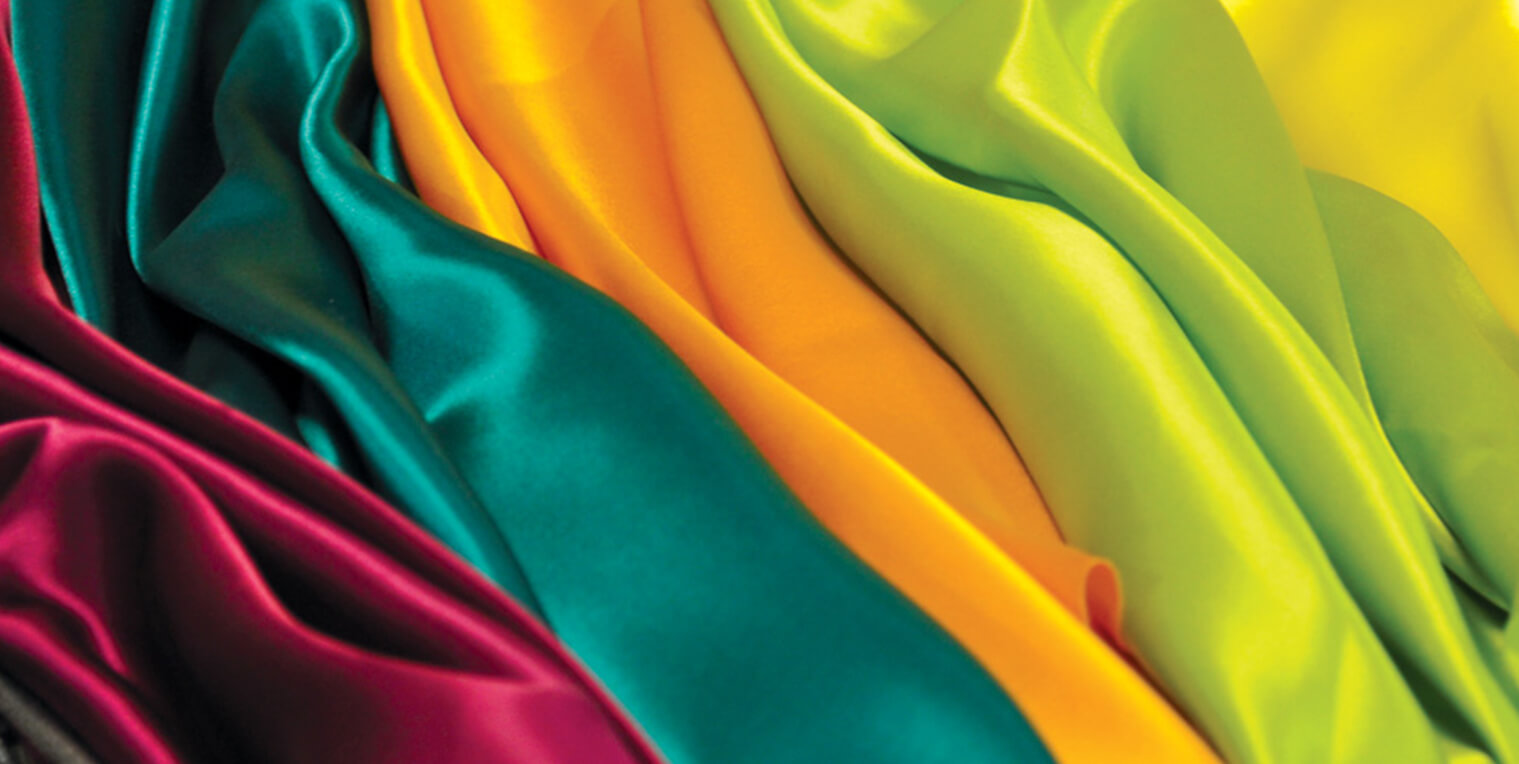
SILKY
- Low sheen
- High shine
- Absorbs water very quickly and is easily saturated
- Can have both high or low frizz
- Fine strands
I needed a visual guide. And like the nerd I am, I created a simple chart. The video above has a sneak peek of what it looks like. It has the surface texture names down the left side, and its corresponding characteristics across the top. For those of you who learn visually the way I do, I made a pdf below that you can download for free while comparing to your own hair.
LOIS HAIR TEXTURE COMPARISON CHART
Download the PDF
SHEEN VS SHINE

I think this photo visually illustrates the difference between sheen and shine pretty well. Shine has a sharp reflection of light. It’s usually most noticeable on very straight hair because of the ability of light to reflect off a smooth surface.
Sheen has a dull or diffused reflection of light. This is typically because the strands have curvature that fractures or breaks up the reflection of light, but as you can see in this comparison below, straight hair can also have a shine and curly hair can have a sheen.
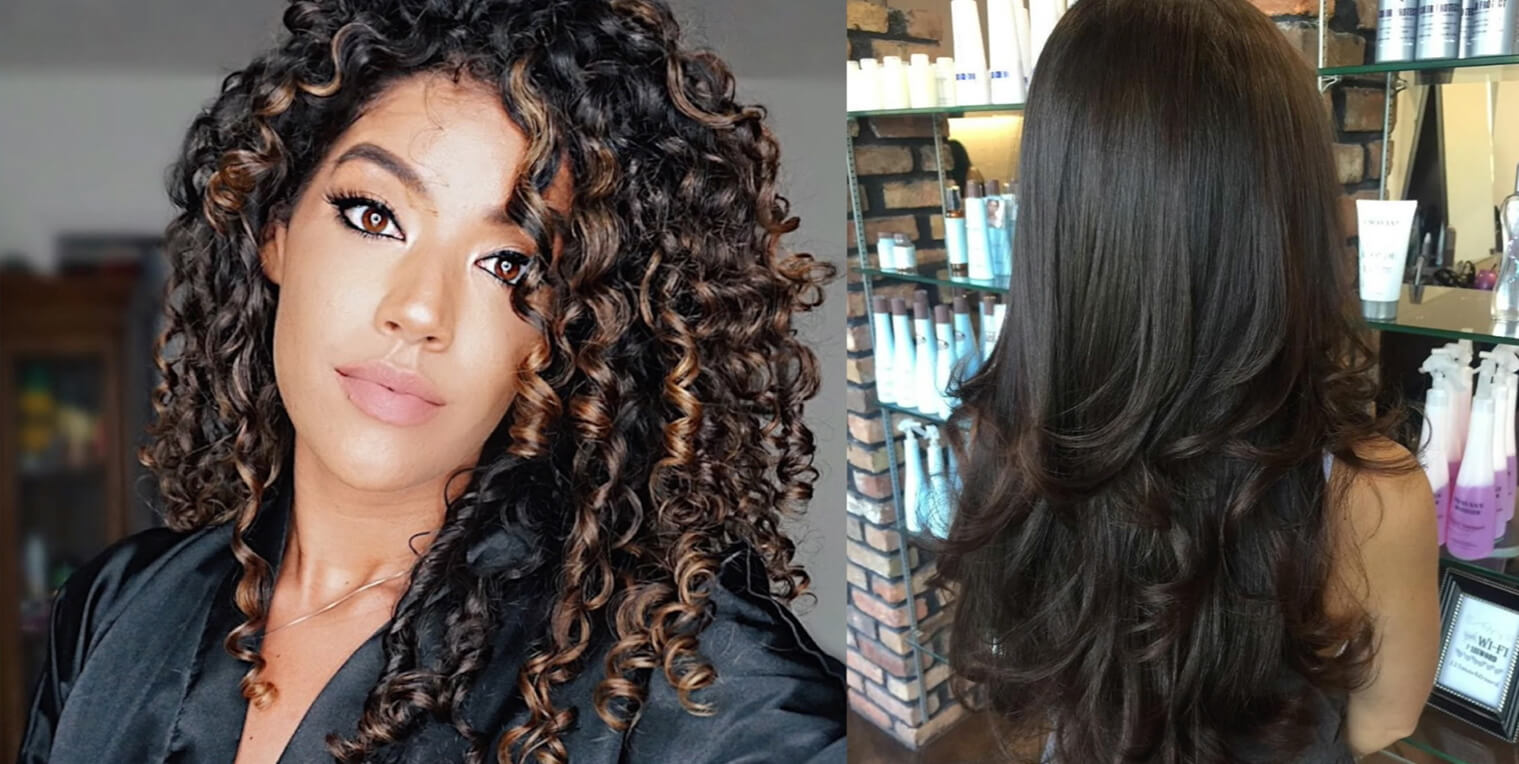
DETERMINING MY OWN HAIR TYPE AND TEXTURE

WATER ABSORPTION RATE
The first time I did this test, it took me four passes under the shower head before my strands felt fully saturated. However, these results weren’t conclusive because my hair was covered with moisturizers and a sealant; a leave-in conditioner, two passes of a styling cream, and an oil. So I decided to let my hair dry naked, with no product, over night with a bonnet.
The next day I stood under the shower head for about 8 seconds. I fully recommend that you watch the video above to see some of the visual references in action. After the first pass, the water pretty much sits on top of my hair and doesn’t absorb at all. Upon touching it, my hair felt dry despite having a coating of water. By the fifth pass I had to push the water into my strands to saturate it.
This part of the experiment isn’t a surprise to me because, I know my hair has low porosity. The cuticle layer of my hair is closed, which means it can be difficult to let water in, but once it’s absorbed, it stays for a long time. Usually methods like adding heat helps with moisture retention.
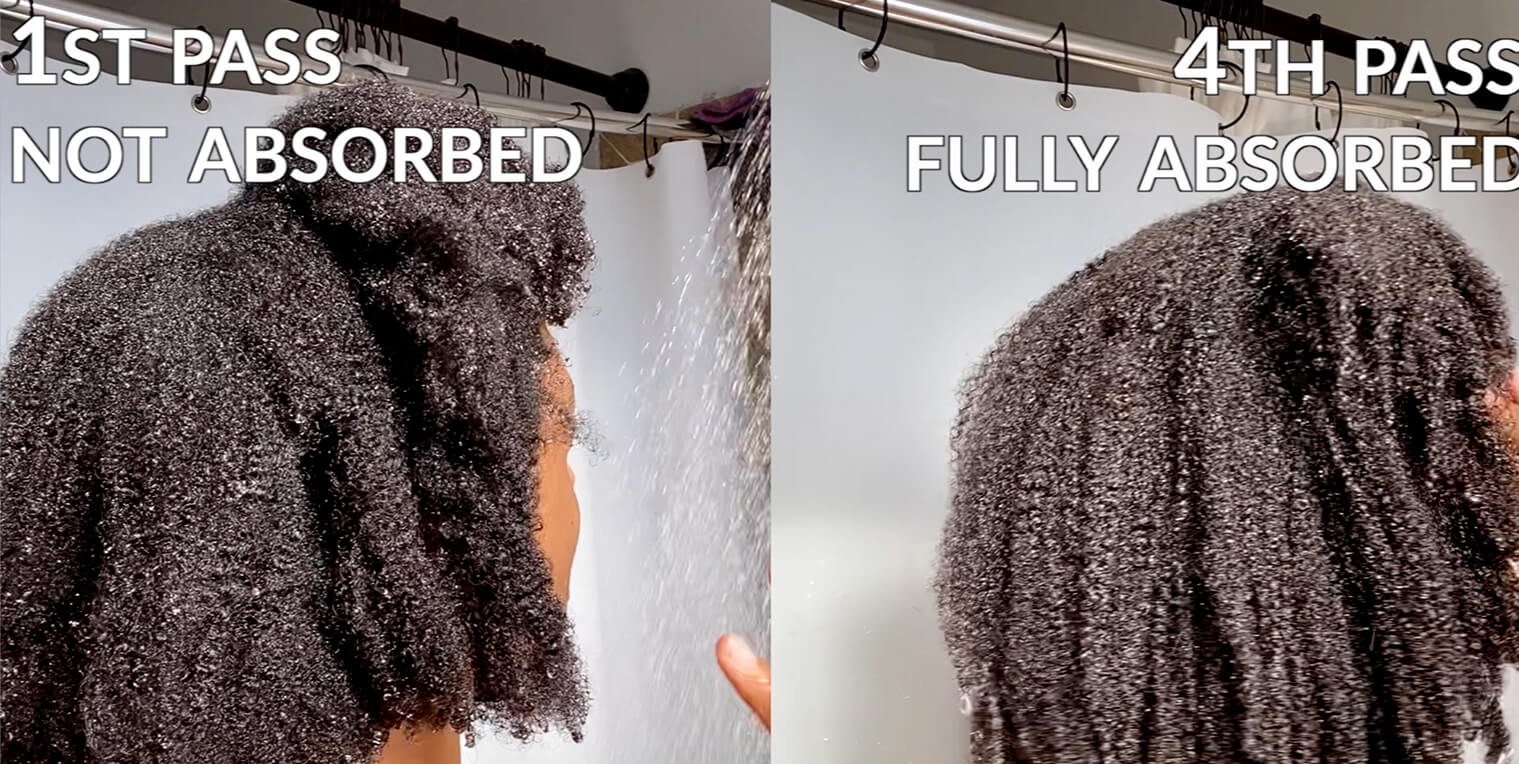
Now my hair has full absorbed the water. This is a side by side of the first pass and the last. See the difference?
Below (right) is my hair with absolutely no product in its shrunken state in direct sunlight . My hair has quite a bit of sheen in its natural state. The sheen doesn’t change too drastically when styled.
Adding oil to the hair can punch up the sheen like the image on the left, so it’s best to test on hair with no product.

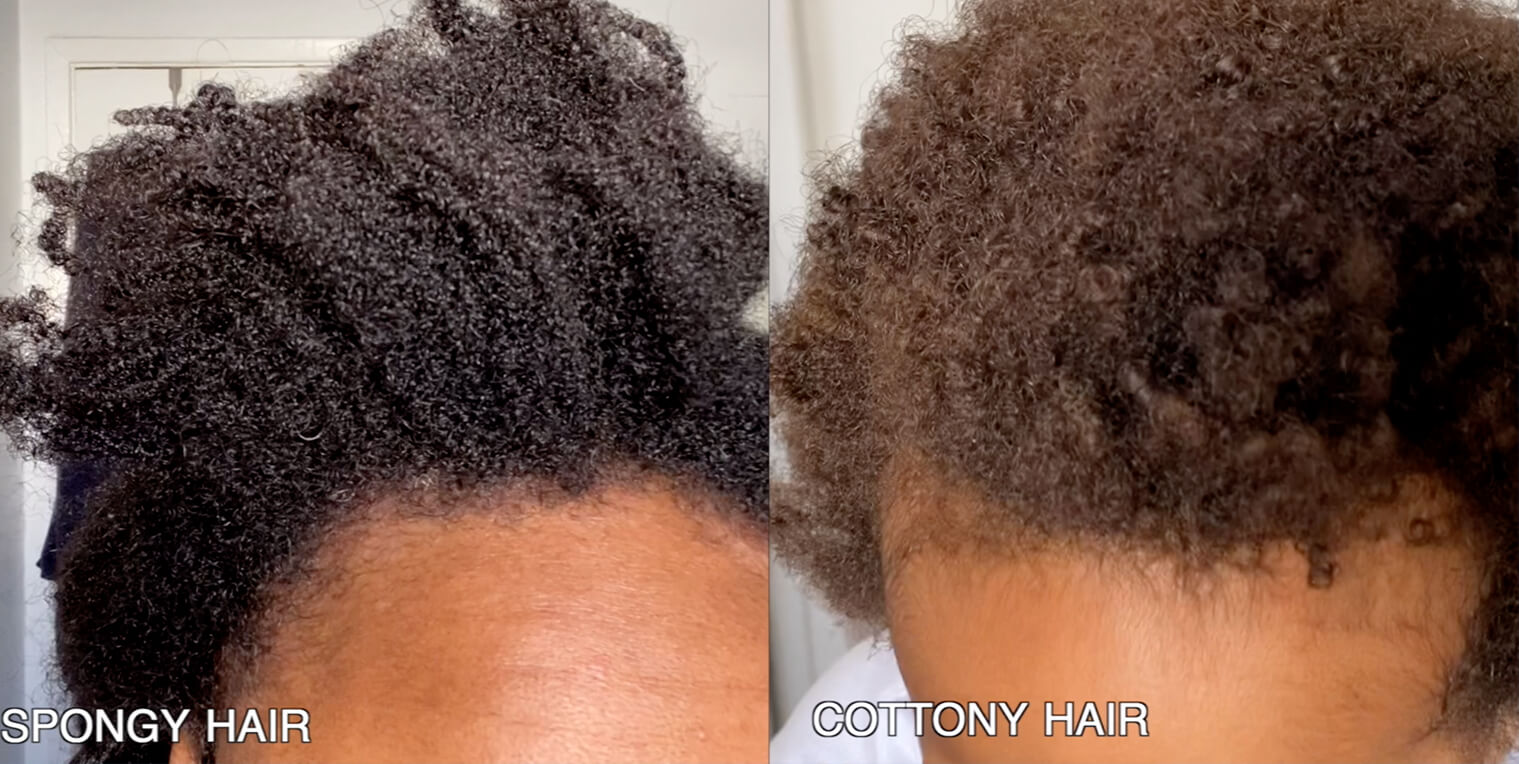
My son’s hair is above on the right and my hair is on the left. His hair has a lower sheen, even though he has a looser curl pattern. Curl pattern doesn’t necessarily determine strand surface texture.
One of the characteristics of cotton textured hair is low sheen, but high shine when stretched. These images show that my hair doesn’t naturally get shiny – even when flat ironed. If I don’t use oil or a glosser, it stays pretty low in shine. This fact closed the deal for me.
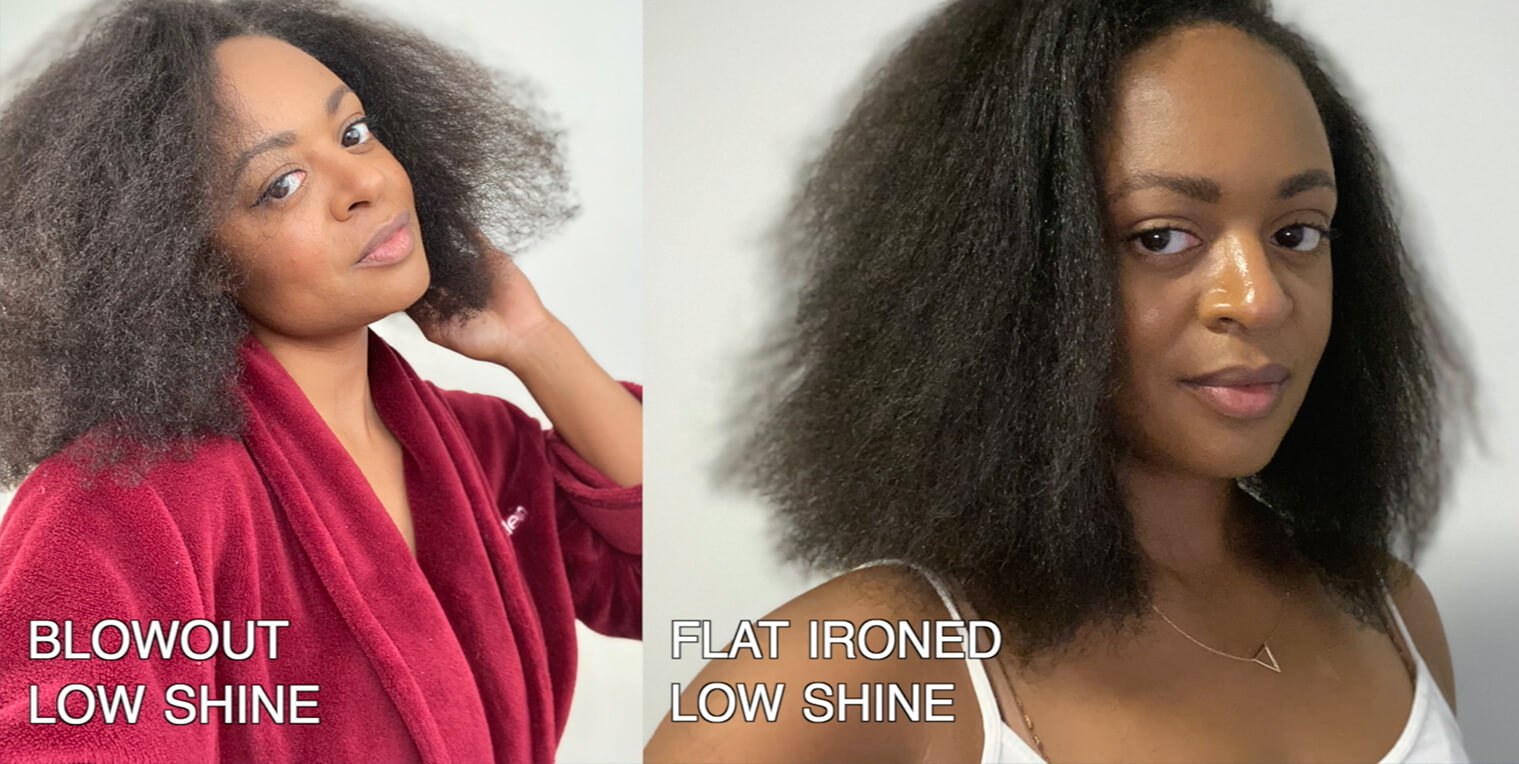
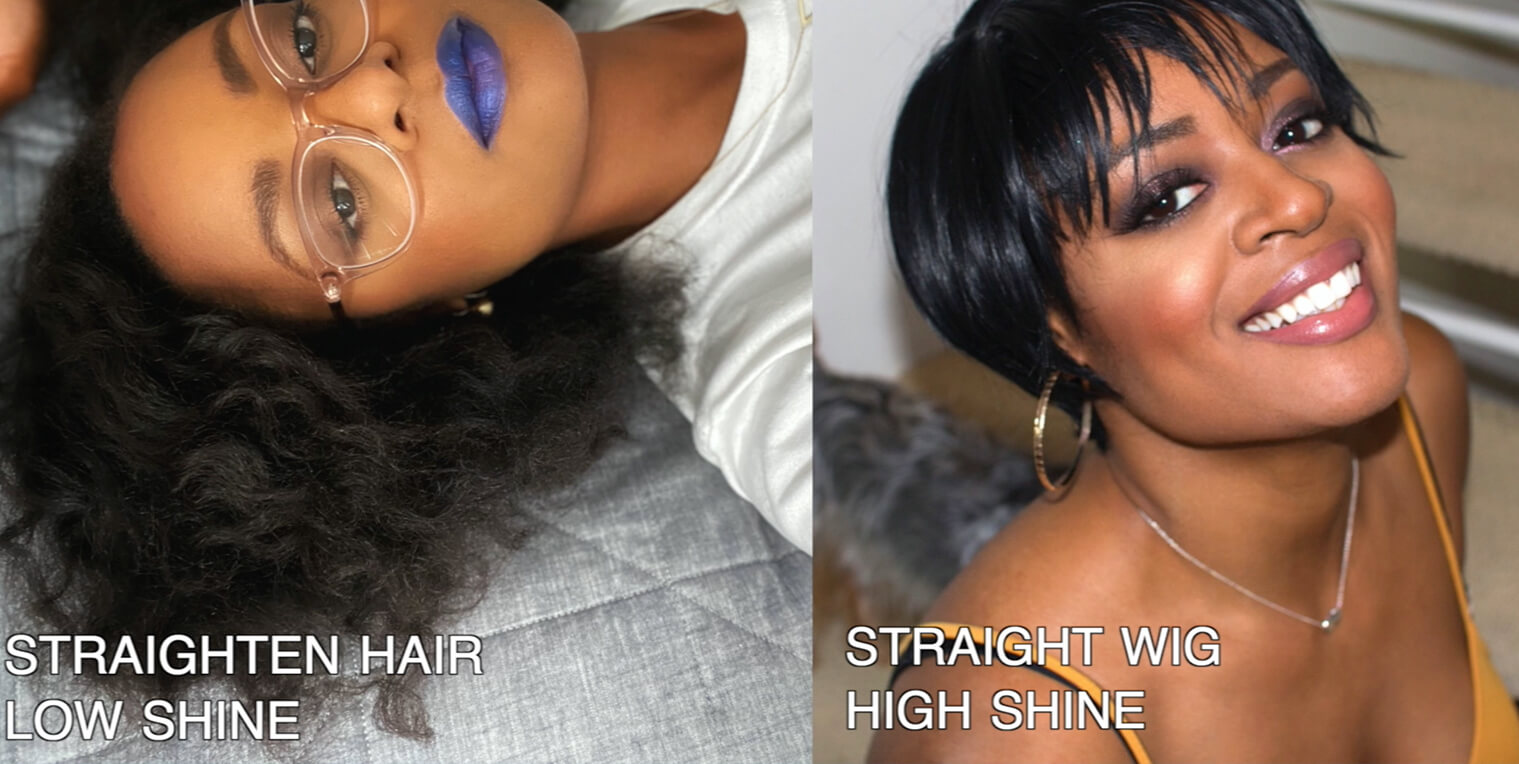
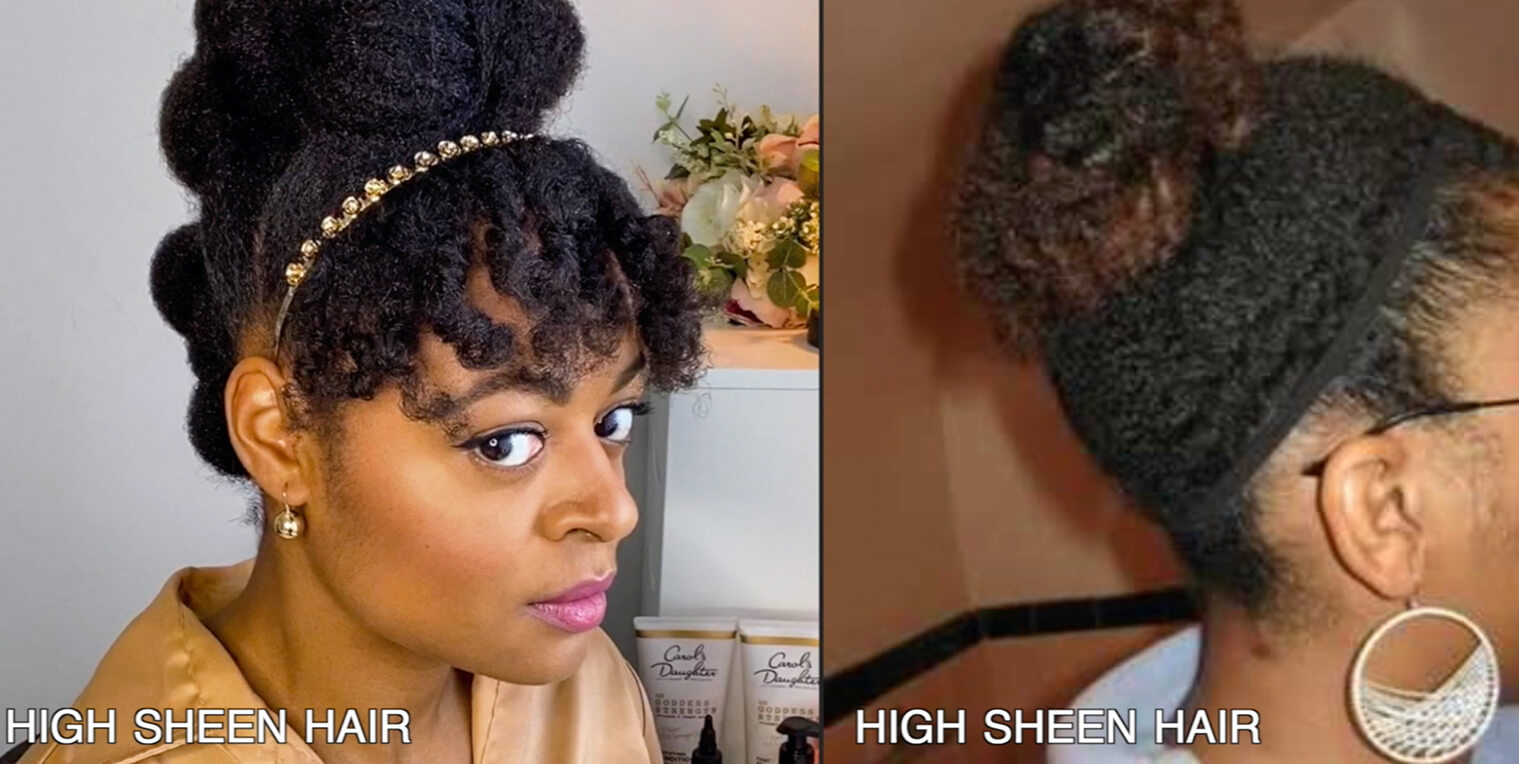
Based on the sheen characteristic, I can cross off the cottony texture.
I lucked out with my son having a cottony texture, so I can show you side by side . His hair has low sheen , high shine when stretched, high frizz, and is also slow to absorb water.
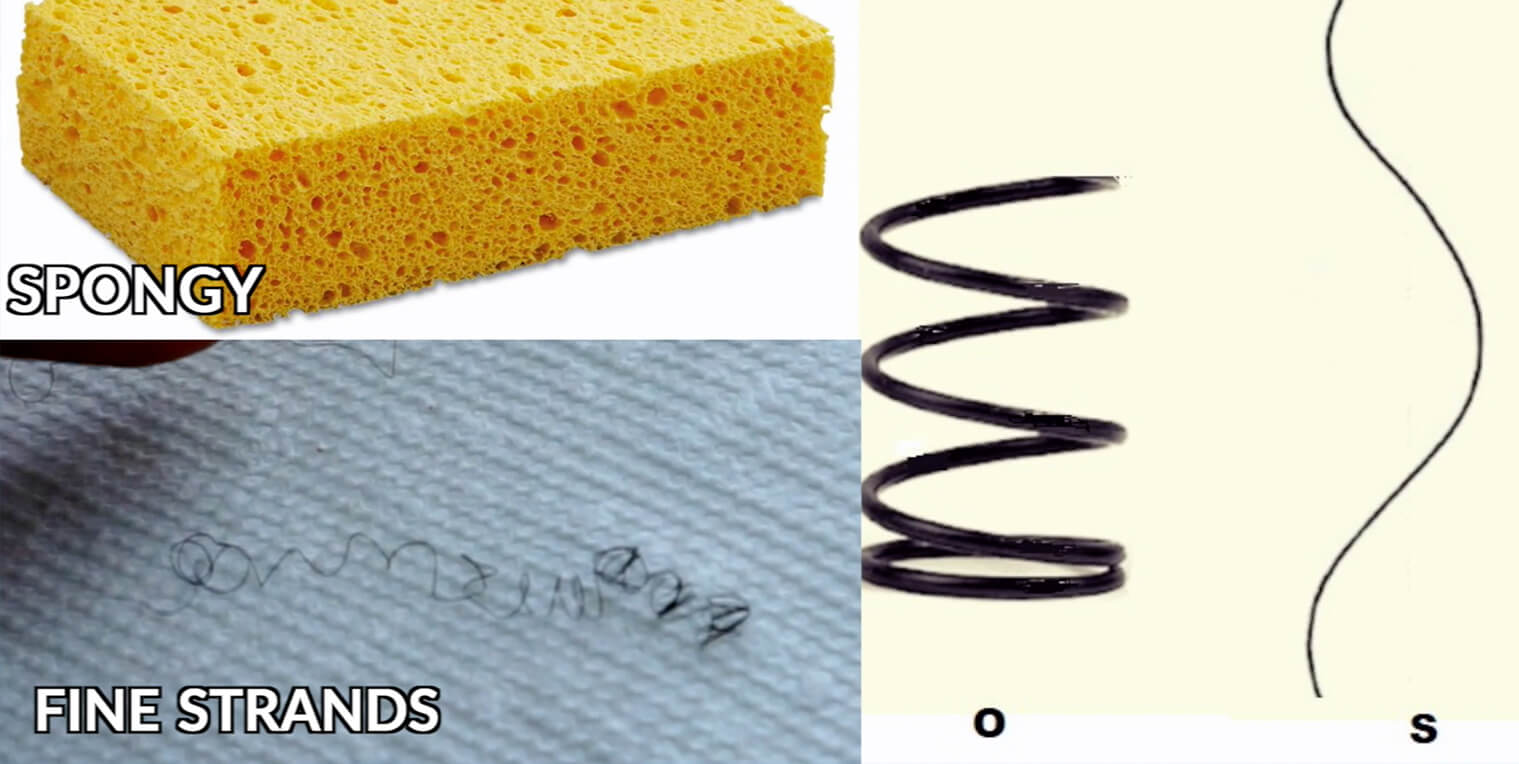
According to the LOIS system, I have spongy hair textured hair. It has high sheen, low shine, compact high frizz, and absorbs water slowly. My strand patterns are “O” and “S” and are very fine.
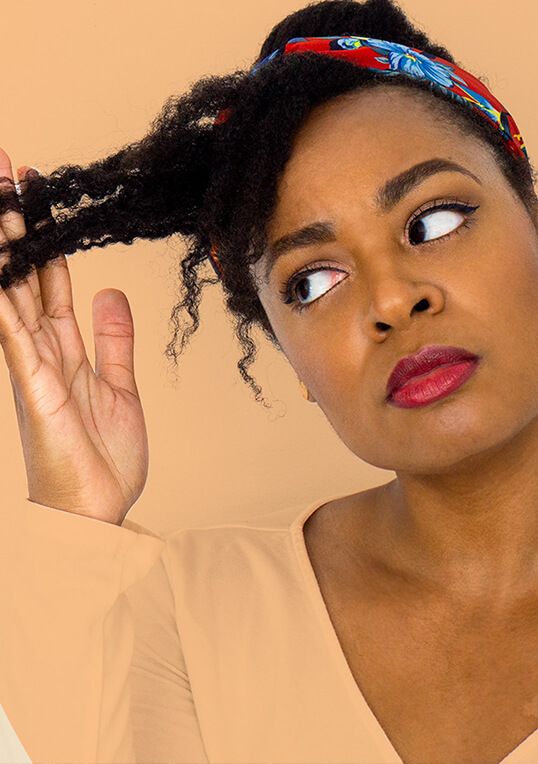

DID THIS HELP YOU?
This topic was such a challenge to research! The LOIS Hair Typing System isn’t widely talked about and there aren’t many visual aids and examples to look at. Most of the forums that were around years ago are outdated and the data can no longer be accessed.
I decided to nerd out and create this a new and updated resource to help you out. Don’t forget to download the PDF to compare and test your own hair texture. I love what I do, and more importantly, I love helping you.
If this helped you, please share this blog post with a friend. Have you figured out your pattern and texture yet?
Check my Youtube natural hairstyles playlist for hair tutorials. I’ve also got a youtube tab here on the navigation bar at the top of this page where you can see all of my videos that upload every thursday. Subscribe to my newsletter, so you don’t miss any of my content. See ya in your inbox soon!




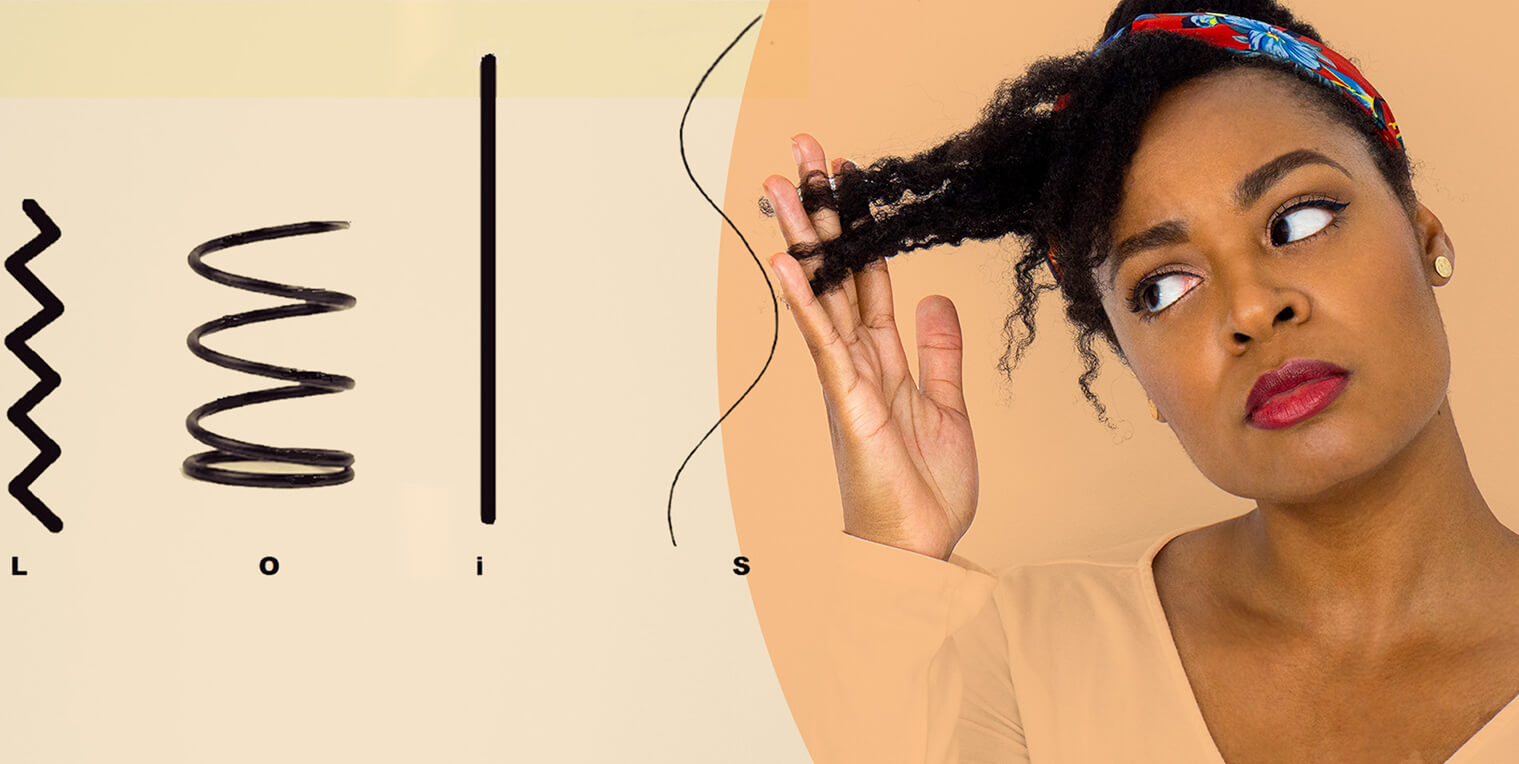



This made understanding my hair typing so much easier. Thank you for this. Stay beautiful